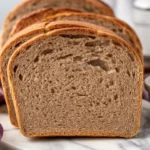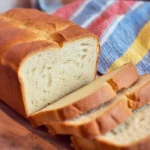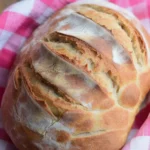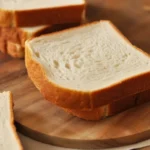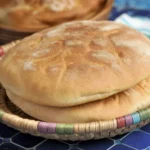Sourdough starter and bread. Does it all sound a bit intimidating? Trust me, I was in the same boat a couple of years ago—like, who has the time or confidence to babysit some bubbling flour blob on the counter? You probably want chewy, tangy bread fresh out of your oven, but maybe you’re nervous about feeding a starter, or you’ve heard horror stories of dense bread bricks. Don’t sweat it. I’m gonna walk you through the real, slightly messy way to make sourdough, with all my own hard-won tips. Seriously, you’ll surprise yourself.
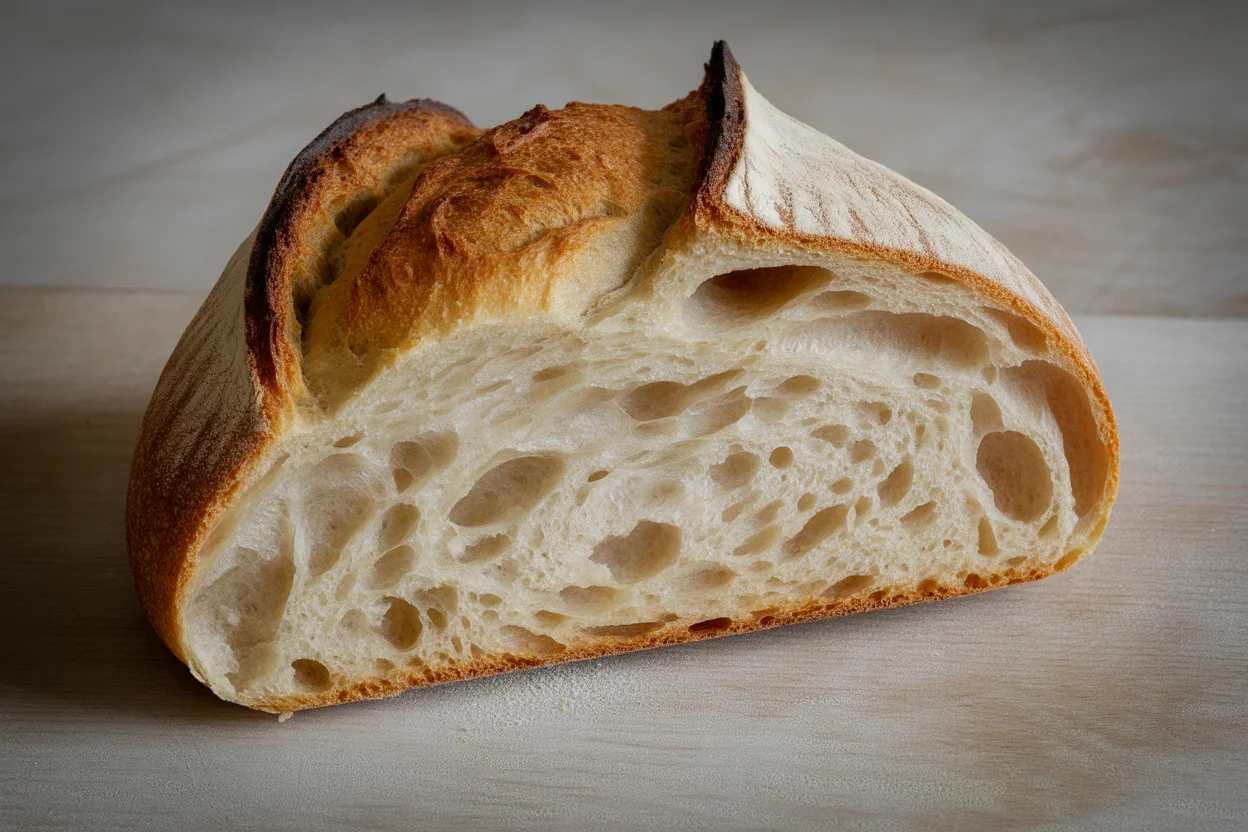
What is Sourdough Bread?
If you’re picturing something super fancy, relax. Sourdough bread is just bread made without store-bought yeast. Instead, it uses a “starter” which is just flour and water hanging out together until it gets bubbly and weird (in a good way, pinky swear). The best thing? The flavor! Sourdough has this slightly tangy taste and a chewy bite you just don’t get with regular bread.
For anyone who’s had halfway decent bakery bread—like, from one of those little corner stores in San Francisco or Paris or even a farmer’s market—sourdough’s familiar. There’s a reason people get a bit obsessed with it. Once you nail it at home, it beats supermarket bread by a country mile. I still remember the first time I sliced into that golden, crispy loaf. It was almost like a five-star restaurant at my kitchen table.
When I baked my very first loaf, it wasn’t perfect, but it tasted better than anything I’d ever bought at the store. It seriously changed my bread game!
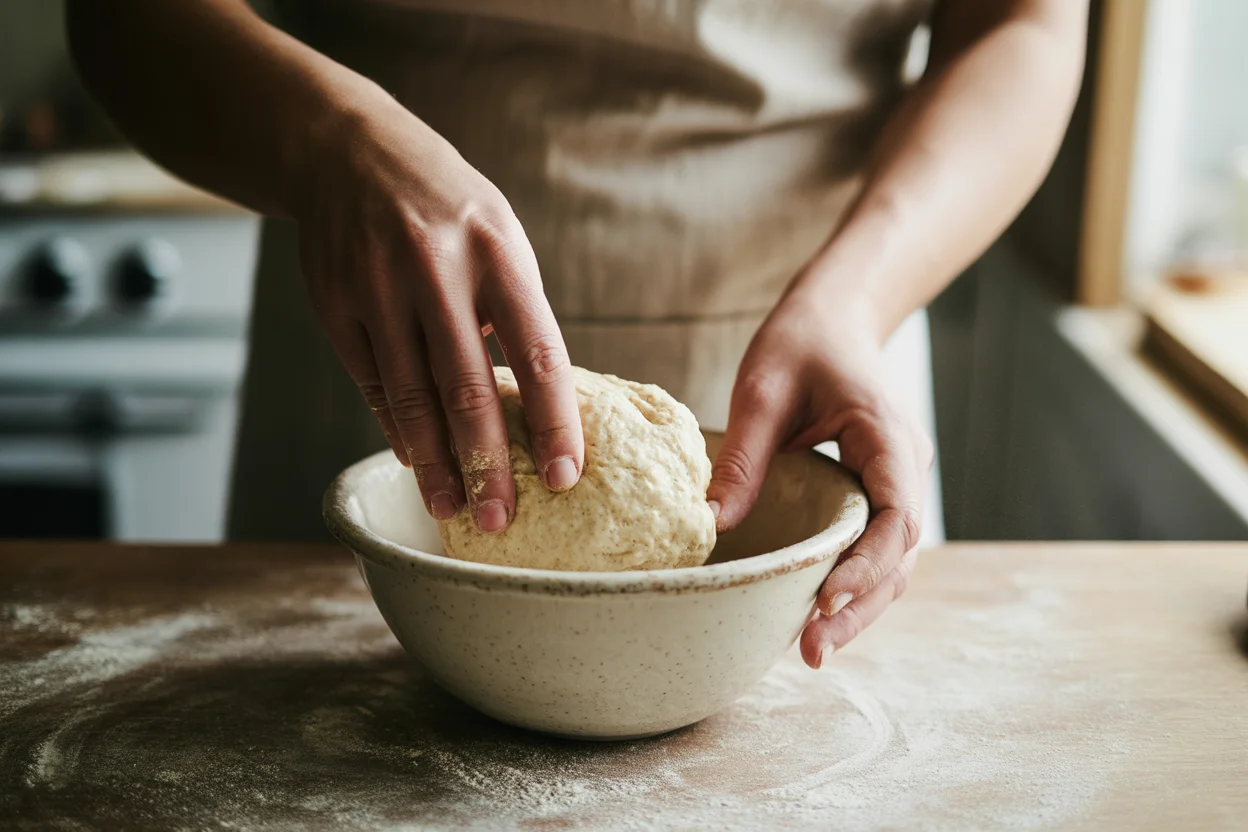
How to Make Sourdough Bread: A Step-by-Step Guide
Here’s the thing: sourdough isn’t complicated, but it does ask for a bit of patience and trust. Let me break it down plain as day.
You start by mixing flour and water for your starter (more on that below) and give it a few days to get all bubble-crazy. Once it’s lively, this starter is your “yeast.” For the bread itself, you’ll need just flour, water, salt, and a scoop of that starter. Mix ‘em up, let it all rest, then do a few gentle stretches and folds (don’t stress—think of it like tucking a blanket around a sleepy cat). Then let it rise (they call this “proofing”), shape it, give it another rise, and finally, bake it crazy hot. Hear the crust crackle? Best sound ever.
The beauty is, your bread will never be identical twice. Sometimes it’s taller, sometimes a bit wonky. Doesn’t matter. With practice, you’ll get the hang of it. Hot tip: don’t rush the rising times. If you want the tang, the bread needs the time.
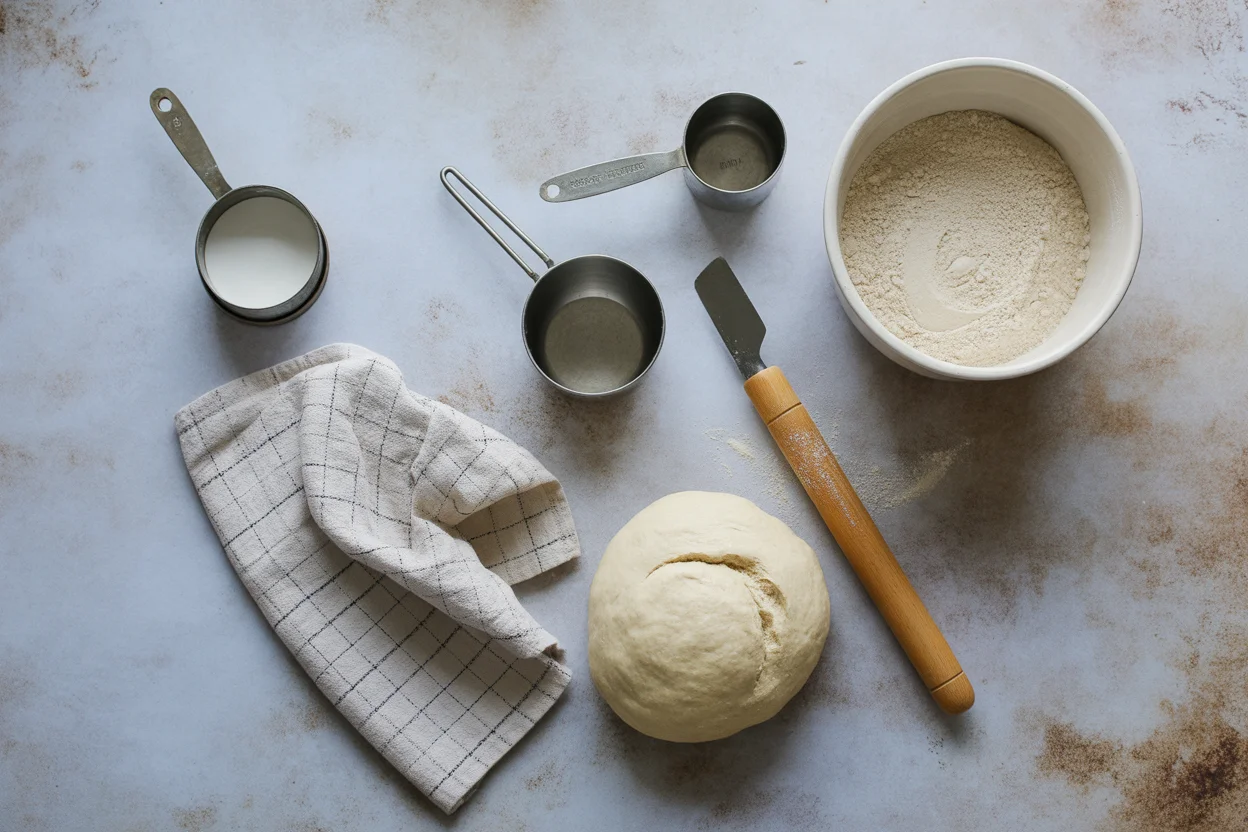
What is a Sourdough Starter?
Simple: it’s a jar of living, friendly bacteria and wild yeast living in flour and water. That’s it. You don’t buy it (well, you can, but making it yourself is more fun and practically free). You just mix flour and water in a jar and let it sit at room temp. Each day, give it more flour and water—just a little, like feeding a houseplant baby.
After a few days, it’ll bubble, puff, and start to smell like—well, kind of fruity and sharp. (If it smells terrible or looks all sorts of colors, toss it.) The starter is like the magic trick for sourdough bread. Once it’s bubbly, you keep it going by feeding it every so often. I stick mine in the fridge after it’s good and strong so it doesn’t grow into a flour monster.
Last tip: Name your starter. I call mine “Breadley.” You don’t have to, but it’s fun. Plus, you’ll care for it better!
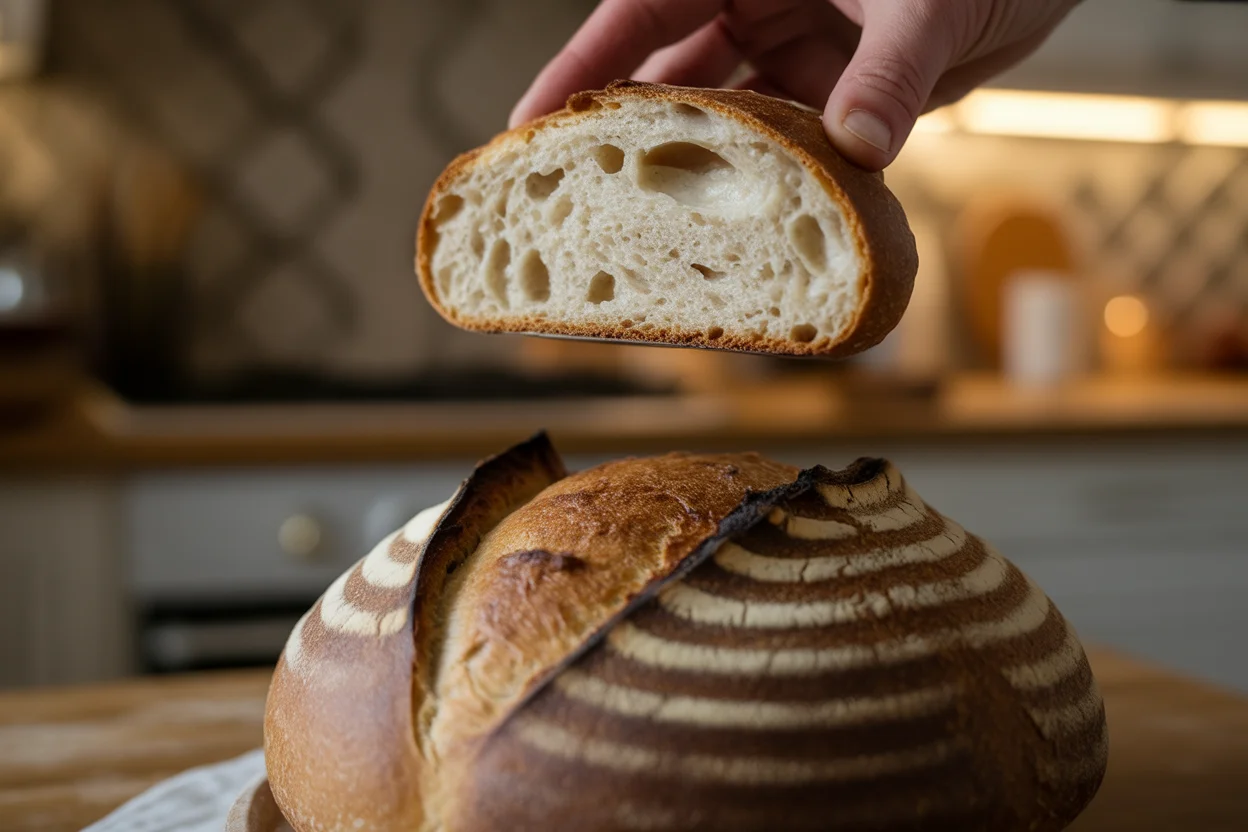
Troubleshooting: Where Sourdough Goes Wrong?
Okay, here’s the truth—sometimes, things get weird. First try and your loaf turns out flat as a pancake? Been there. Starter not bubbling? Yup, me too. Here’s what might be happening: maybe it’s too cold in your kitchen (starters like it warm-ish), or you tried to rush the rise. Or you forgot the salt—I have, and it made the blandest bread in North America.
If your loaf feels like a brick, don’t beat yourself up. Happens to everyone. Usually, it means your starter wasn’t active enough, or you used cold water or flour. No shame in a wonky loaf. Just dust off your hands and try again.
And listen, don’t let the “Instagram-perfect” bread fool you. Even my bread looks hilarious sometimes. But it always tastes fantastic toasted with butter.
What Equipment Do I Need?
You honestly don’t need a million gadgets. Fancy mixers and proofing baskets are cool if you have them, but don’t let that stop you. I started with a big bowl, a wooden spoon, and an old Dutch oven I borrowed from my grandma. Works like a charm.
If you’ve got a kitchen scale, awesome. If not, just use measuring cups. Parchment paper is handy but I’ve skipped it plenty of times. A sharp knife or razor is good for scoring the top—makes it pretty and helps it bake right. And honestly, your hands are your best tool.
“I baked my loaf in a thrift-store pot and it still turned out incredible. Don’t let gear stop you from giving it a go!”
Serving Suggestions
- Toast with salted butter is an absolute must.
- Slather it with smashed avocado (I know, basic, but it’s delicious).
- Use thick slices for grilled cheese or tomato soup dunking—ridiculous comfort food.
- Cube up leftovers for homemade croutons that put the bagged stuff to shame.
Common Questions
How long does it take to make sourdough bread?
If you’ve got an active starter, the whole process takes about a day—most of that is waiting for it to rise.
My starter smells weird. Is it safe?
Depends! A tangy, fruity smell is great. But if it’s pink or super funky, just toss and start fresh.
Can I freeze sourdough bread?
Totally. Just slice it first and pop it in a bag. Toast right from frozen.
What if I don’t have a Dutch oven?
You can use any oven-safe pot with a lid, or even bake right on a tray. Just keep an eye on it.
Can I use whole wheat flour?
Yep! Bread turns out denser with whole wheat, but it’s more nutty and hearty. I mix half-and-half sometimes.
Here’s to Your First Sourdough Success
All right, if you’ve read this far, you’re definitely ready to try making sourdough bread at home. You’ve got the basics, my “wish someone told me” tips, and a sense of humor (which you’ll absolutely need the first few times). Seriously, just go for it—your kitchen doesn’t need to look like a science lab or bakery. If you want even more, try searching for King Arthur Baking’s guide to sourdough for depth or some helpful YouTube tutorials. Happy baking—and send me a photo if your loaf is extra wobbly!

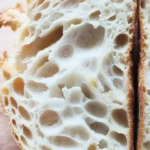
Sourdough Bread
Ingredients
For the sourdough starter
- 1 cup flour All-purpose or bread flour
- 1 cup water Room temperature
For the bread
- 3 cups flour All-purpose or bread flour
- 1.5 cups water Room temperature
- 1 tsp salt For taste
- 1 cup active sourdough starter Must be bubbly and ready
Instructions
Prepare the Starter
- In a jar, mix 1 cup of flour and 1 cup of water. Stir until fully combined.
- Cover loosely and let it sit at room temperature for several days, feeding it daily with equal parts flour and water.
Make the Bread
- In a large bowl, combine 3 cups of flour, 1.5 cups of water, 1 cup of active sourdough starter, and 1 tsp of salt.
- Mix until well combined, then let it rest for 30 minutes.
- Perform a series of stretches and folds every 30 minutes for 2 hours.
- Cover and let the dough rise until doubled in size (about 4-6 hours, depending on room temperature).
- Shape the dough and let it rise again for about 1-2 hours.
- Preheat the oven to 450°F (230°C) and place a Dutch oven inside to heat.
- Carefully transfer the dough into the hot Dutch oven, cover, and bake for 30 minutes.
- Remove the lid and bake for an additional 15-20 minutes until golden brown.



